In 2024, the Golden Gate National Parks Conservancy helped thousands of people see national parks not as distant destinations, but as places where they truly belong. From youth leadership at Crissy Field Center to community science on Mt. Tam, your support made space for people to feel seen, valued, and vital to the future of public lands. Every visit is the start of something deeper—sparking stewardship, leadership, and lasting connection.
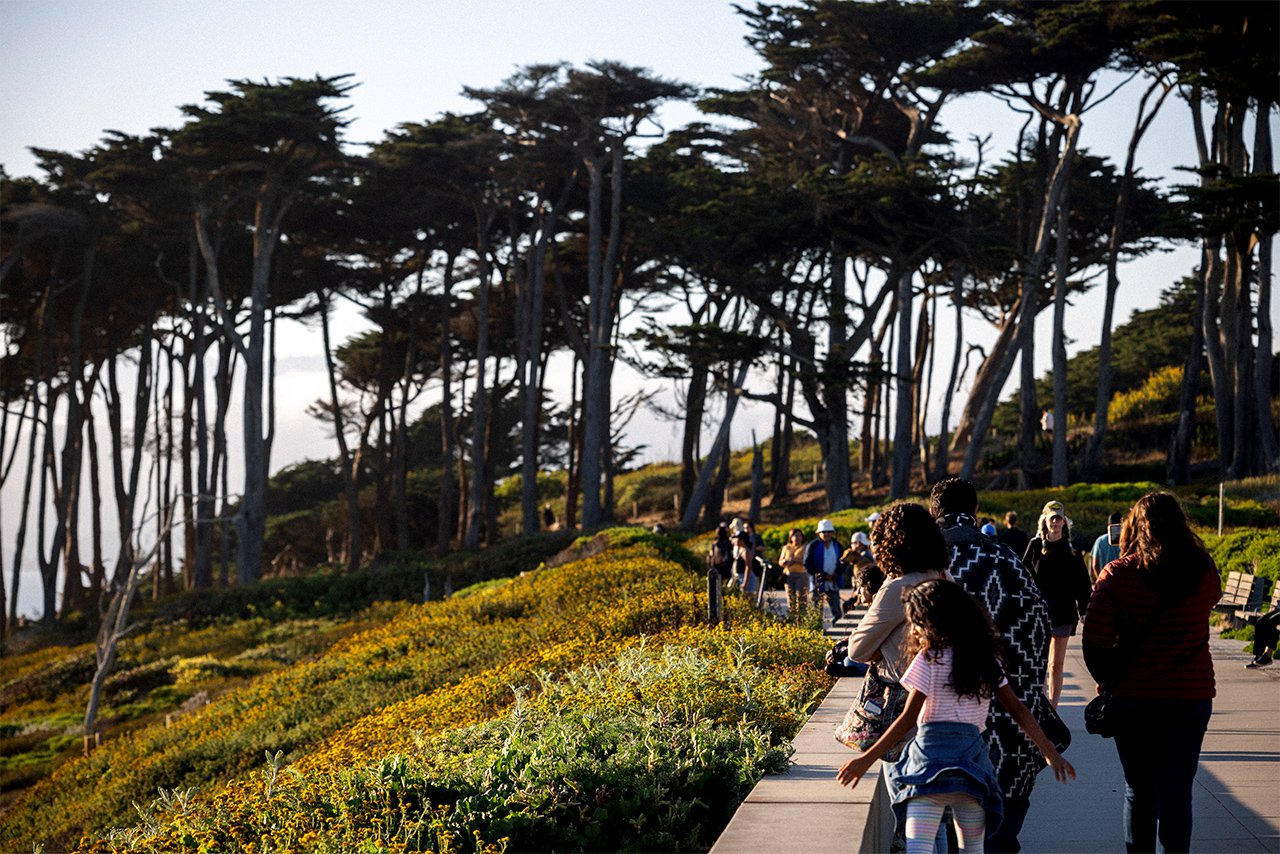
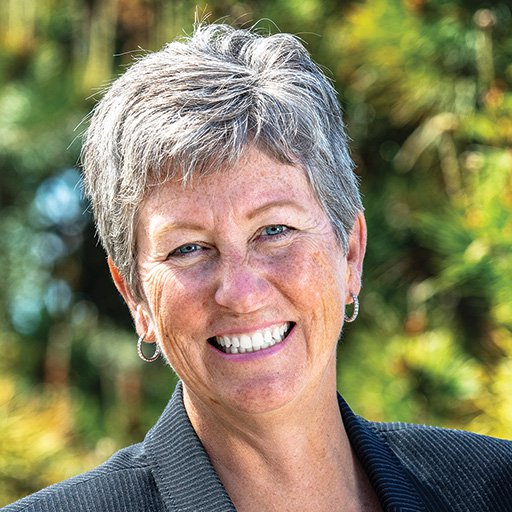
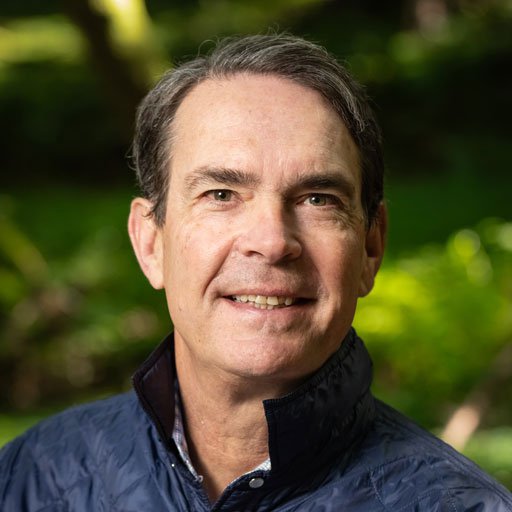
In 2024, moments big and small—from a child spotting their first hawk to a park ranger leading a history walk—showed the power of parks to connect, heal, and inspire. Across the Golden Gate National Recreation Area, we deepened resilience, restored ecosystems, and strengthened community through bold partnerships and shared purpose.
From a tipi raised on Alcatraz by Occupiers and their descendants to honor the island’s legacy, to more than 7,500 volunteers restoring trails and cleaning beaches across national parklands, to record visitation numbers like the 1.8 million people visiting Presidio Tunnel Tops, the message is clear: people see themselves in these national parks, and they’re stepping up to protect them.
These achievements were made possible by the care, commitment, and creativity of so many—from our dedicated staff and volunteers to our generous supporters and partners. Our Board of Trustees plays a vital role in this shared work—offering guidance, advocacy, and stewardship in service of our collective mission. Together with the community, they help us stay rooted in our values and focused on the future.
Thanks to you, we’re building a future where everyone feels welcome in the parks. Your support sustains the shared responsibility that makes these public lands thrive—for today and for generations to come.
We’re honored to do this work together.

Chris Lehnertz
President & CEO

Eric Alt
Chair, Board of Trustees
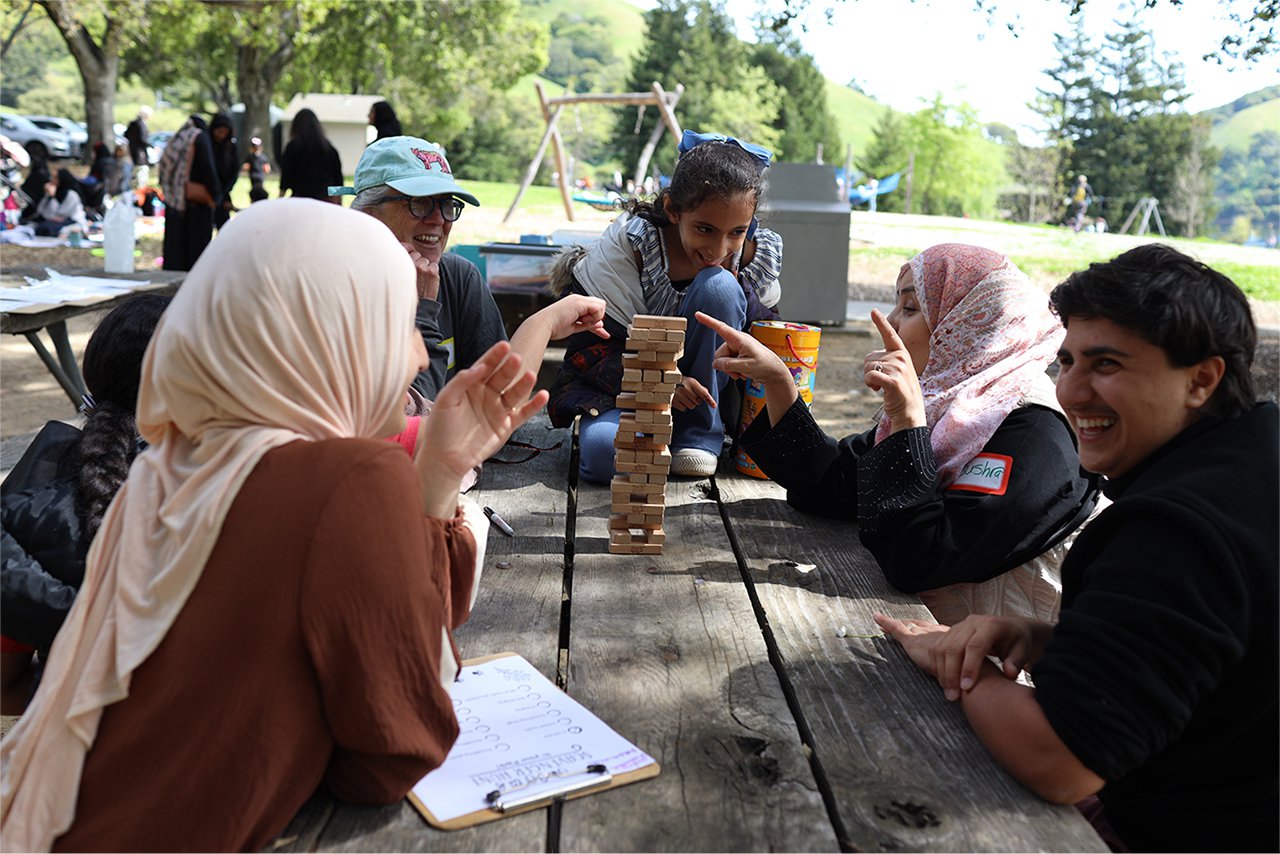
National parks are meant for everyone—but not everyone has felt welcome. These public lands are places to connect with nature, with one another, and with the stories—both celebrated and overlooked—that shape our country. For too long, too many have felt left out, unseen, or unable to access them. That’s changing.
National parks are meant for everyone—but not everyone has felt welcome. These public lands are places to connect with nature, with one another, and with the stories—both celebrated and overlooked—that shape our country. For too long, too many have felt left out, unseen, or unable to access them. That’s changing.

in stipends and transportation support to expand access for youth and community groups in 2024.
Parks For All Forever is our bold vision: a future where everyone—no matter their background, identity, or experience—feels a true sense of welcome and belonging in the outdoors. That means creating parks that are inclusive, accessible, and built with the communities they serve.
And in 2024, that vision came to life.
At Crissy Field, over 90% of community program participants said they would return on their own. At the Crissy Field Center, youth reported a 20% increase in belonging and welcome from start to finish in their programs—especially among participants in I-YEL, Urban Trailblazers, and LINC.
“Being listened to—that in itself fosters this sense of belonging,” said 18-year-old I-YEL participant Lindsey Nguyen. “It was nice to collaborate with people without having to think of my age as something that would hinder my progress.”
The ripple effect is real.
When young people feel at home in the parks, they return—as interns, mentors, and stewards. When community groups visit, they come back with friends and family. One invitation becomes a lifelong bond.
“I was just looking to try new things. I got to try new things and see new things and adventure, so I feel like
I got more than I expected.”
— Park Hop participant
Park Hop is a powerful, week-long spring break program connecting Black and Latinx youth to stories of African American history at local park sites. This recently revived program sparks pride, learning, and creativity through park visits, community history, and student-created zines.
What could an Ecosystem of Welcome and Belonging look like at Crissy Field? We worked closely with youth leaders and several community groups to imagine a colorful, inviting future for Crissy Field, with a focus on alternative, carbon- friendly transportation.
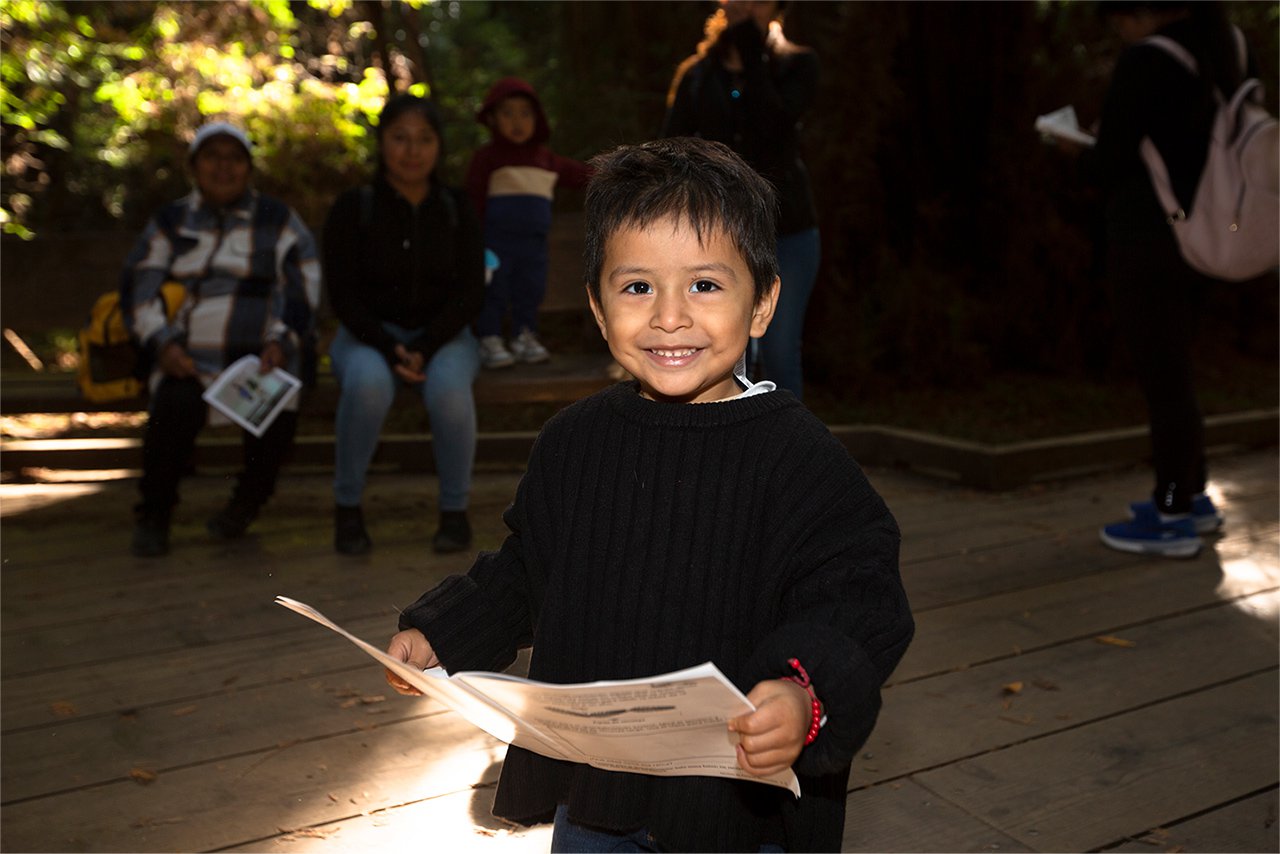
Young people who participated in youth programs and career development opportunities in the parks in 2024. We created deep connections, with an average of 143 hours of programming per youth program participant.
Crissy Field Center youth participants who identify as BIPOC, speaking a language other than English at home, or as transgender or nonbinary.
interns in the parks in summer 2024.
Alcatraz is more than a landmark—it’s a living platform for truth-telling, reflection, and community connection. Every day, with the help of our partners, staff, and supporters, we bring new perspectives to over 5,000 visitors who walk its paths.
In 2024, the Parks Conservancy deepened its commitment to telling fuller, more human stories—about incarceration, Indigenous sovereignty, and environmental healing.
Seeds of justice are growing—literally.
Through our partnership with Land Together, we joined the country’s only farmers market inside a prison at Chowchilla Women’s Facility. Seeds from Chowchilla are now planted on Alcatraz, cared for by the families of incarcerated individuals—linking today’s justice efforts with the island’s legacy of gardens as places of healing.

different languages offered on the Parks Conservancy’s award-winning Alcatraz audio tour. More than 1.4 million people took the tour in 2024.
We asked incarcerated journalists: what do people get wrong about prison?
In creating a new exhibit on prison newspapers, our Alcatraz team sat down with the newsroom of the San Quentin News. Their insights shaped an exhibit that lets visitors glimpse modern prison life—connecting our past to the realities of mass incarceration today.
The conversation doesn’t stop there.
Programs like the Formerly Incarcerated Speaker Series give voice to lived experience and foster dialogue on justice, dignity, and reform. In October 2024, descendants of the 1969 Occupation of Alcatraz returned to raise a tipi on the island—honoring its Indigenous legacy and reaffirming its role as a site of resistance and healing.
From prison walls to garden beds, headlines to healing spaces—Alcatraz is being redefined.
Thank you to everyone who joined us for the Trails Forever Dinner on Alcatraz in 2024. Together, we’re helping this island stand for more than its past—we’re making it a beacon for justice, connection, and change.
Beep, beep! Last year the Roving Ranger and Tam Van, our mobile park “pop-ups,” brought the magic of parks to nearly 5,000 community members—connecting people to nature, our staff, and each other. From Rancho Corral de Tierra to Lands End, our team educates and inspires support for a more socially and environmentally just and resilient future.
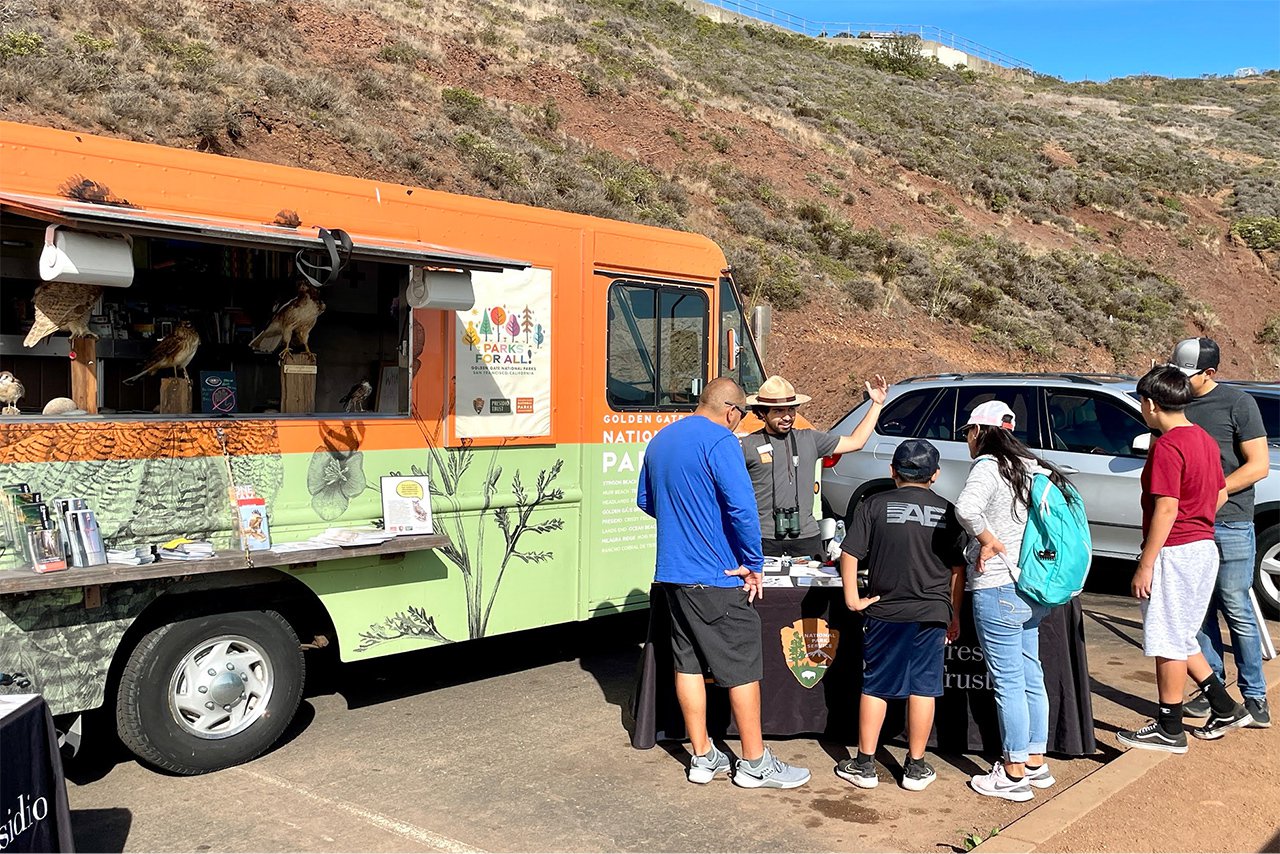
Our Belonging in Nature programs foster a space for queer and trans people and allies to connect to community, nature, and themselves by way of land stewardship, art, meditation, inspiring conversation, and mindful movement.
“I believe a powerful future can be created through the simple act of deepening mine and my community’s knowledge of our land.”
— Jax Cuyno, Belonging in Nature participant
Community organizations served with more than 100 programs in 2024.
Community members engaged at Rancho Corral de Tierra through transformative outdoor experiences.
Veterans who found healing and camaraderie through programs like W.A.R.I.O.R. (Wellness and Recovery Incorporating Outdoor Recreation).

From bees to birds, your support fuels science that protects nature—and brings people closer to it. Our community science and conservation programs do more than collect data—they connect people to purpose, and parks to protection. Every observation, photo, and field note helps build a deeper understanding of park ecosystems and a stronger bond between people and the places they love.

images cataloged by Marin Wildlife Watch over 10 years, shedding light on population status, wellbeing, and more. Volunteers contributed more than 500 hours to the program in 2024.
In 2024, that connection made headlines.
The Tamalpais Bee Lab helped rediscover the elusive San Francisco Leafcutter Bee—unseen for decades. Through 16 hands-on events, volunteers learned insect ID, practiced field research, and contributed to a growing body of pollinator data critical to fragile ecosystems.
Marin Wildlife Watch turned 10.
Our Marin Wildlife Watch program continued tracking mammals with motion-activated cameras—and took a tech leap by integrating Wildlife Insights, an AI-powered tool that accelerates photo analysis and helps track shifting wildlife patterns tied to climate change.
Raptors soared into their 40th season.
The Golden Gate Raptor Observatory marked four decades of migratory bird research, powered by 150+ volunteers who gave nearly 13,000 hours of service to protect birds of prey and the ecosystems they depend on.
This is what climate resilience looks like—curiosity in action, powered by community.
To every volunteer, observer, and supporter: thank you. Your dedication helps parks—and the people who cherish them—endure.
Education is critical to forest health, and in 2024 we began connecting high school students to the science and strategy behind our forest health and wildlife resilience efforts. The Parks Conservancy and our One Tam partners celebrated $15M+ in new state funding to advance forest health and wildfire resilience across 60,000+ acres. Protecting forests means investing in youth, science, and community—together.
We’re advancing a regional climate vulnerability study to guide smart, long-term park stewardship. From tidal marsh protection at Bolinas Wye and Bothin Marsh to new insights from Peak Health, our study of Mt. Tamalpais’ ecological health, we’re shaping climate resilient landscapes and informed action.
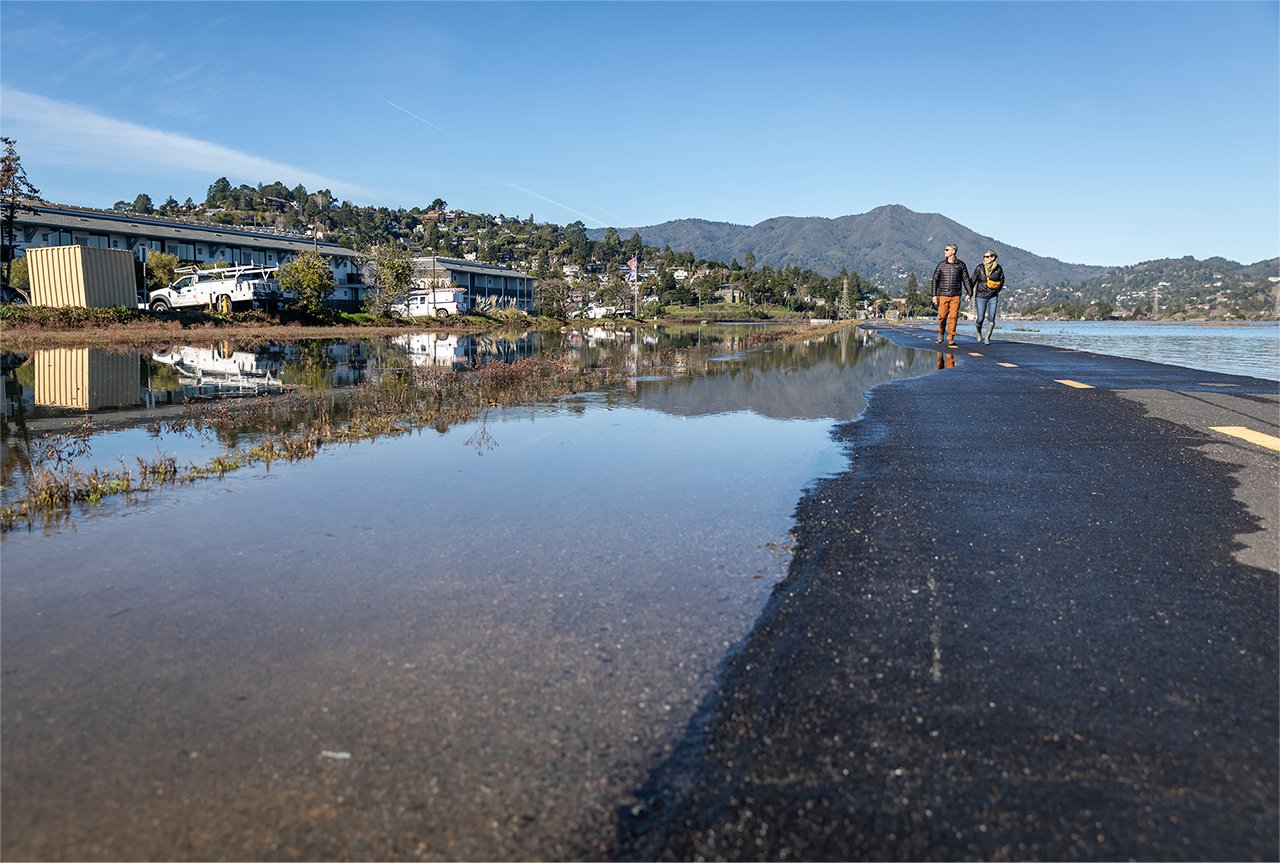
Volunteers who logged more than 80,000 hours in our parks in 2023. That’s almost $3M in value to the GGNRA!
fire-following fungi never before documented in the region, discovered by community scientists at our forest health BioBlitz events.
weed patches identified—and 600 treated—as part of our Early Detection, Rapid Response invasive species program.
Thanks to everybody who showed up for the parks by digging in the dirt, improving trails, and more. You help these parks shine, so THANK YOU!
Volunteers including
returning dedicated volunteers
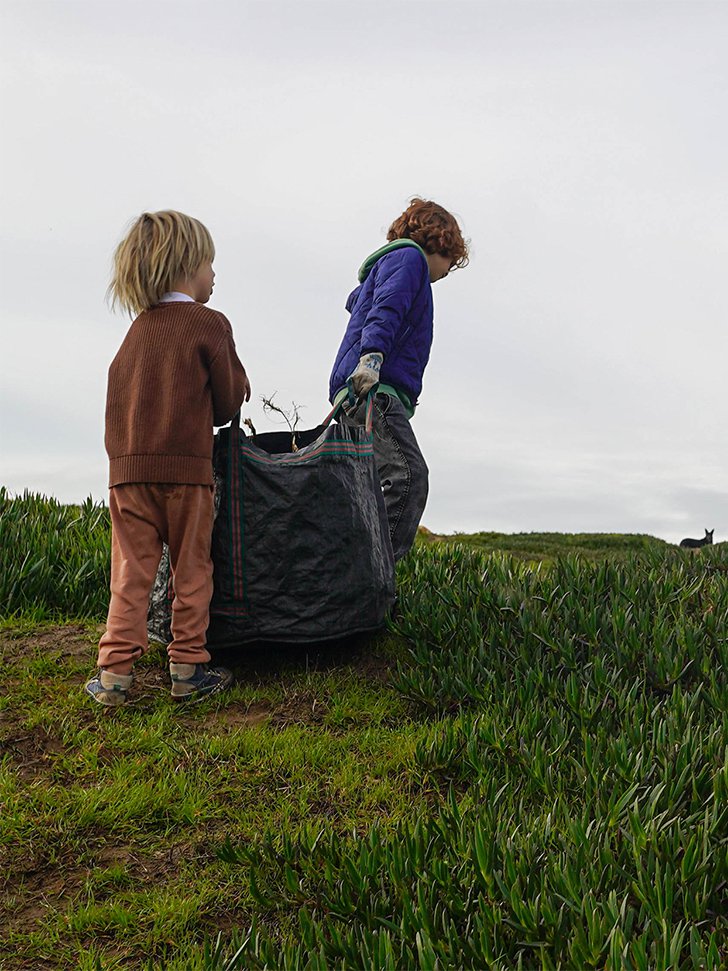
272 volunteers participated, focusing on planting natives and invasive species removal, plus battery maintenance
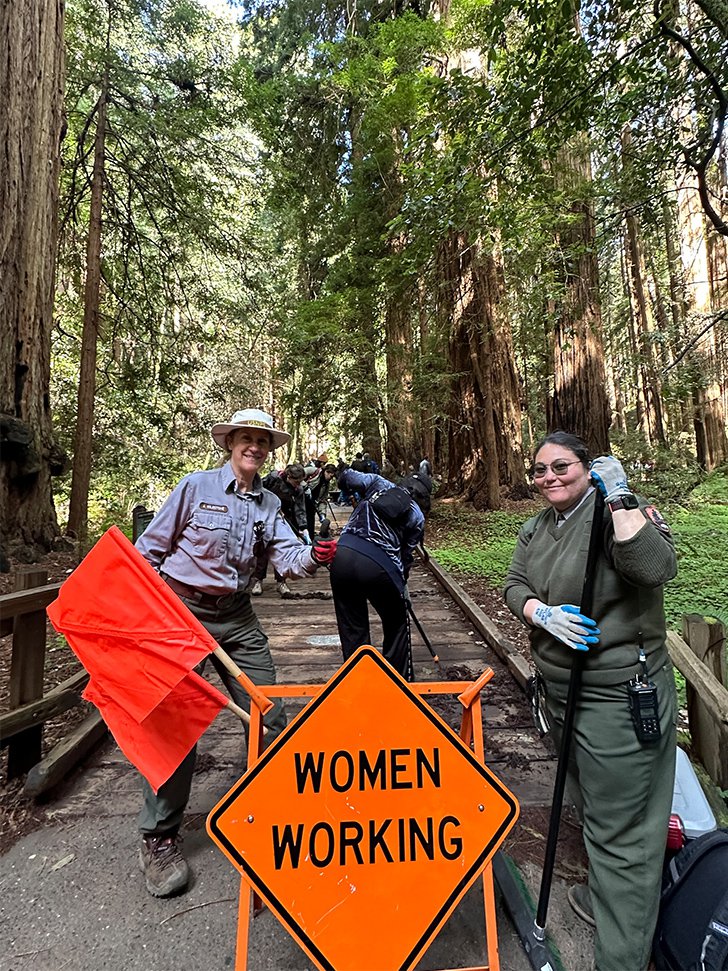
19 volunteers cleaned about 800 sq ft of boardwalk in Muir Woods
580 volunteers took part in French Broom busts and bee surveying, plus stewardship, maintenance, and nursery programs!
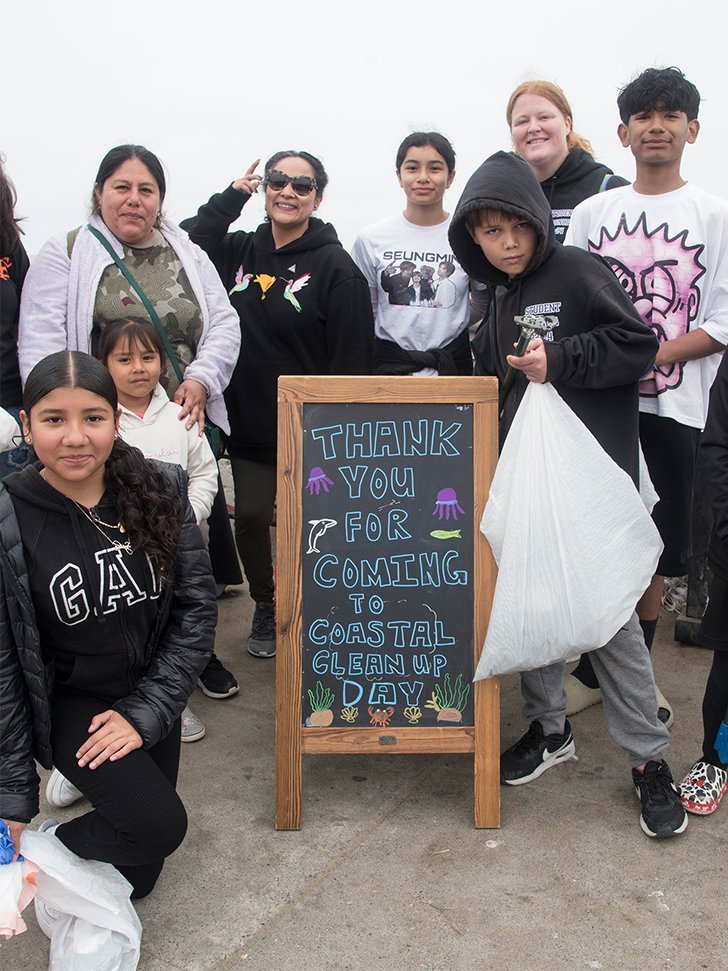
830 hosted youth volunteers through YRangers, Enterprise for Youth, Mission Neighborhood Centers, Crissy Field Center programs, and more!
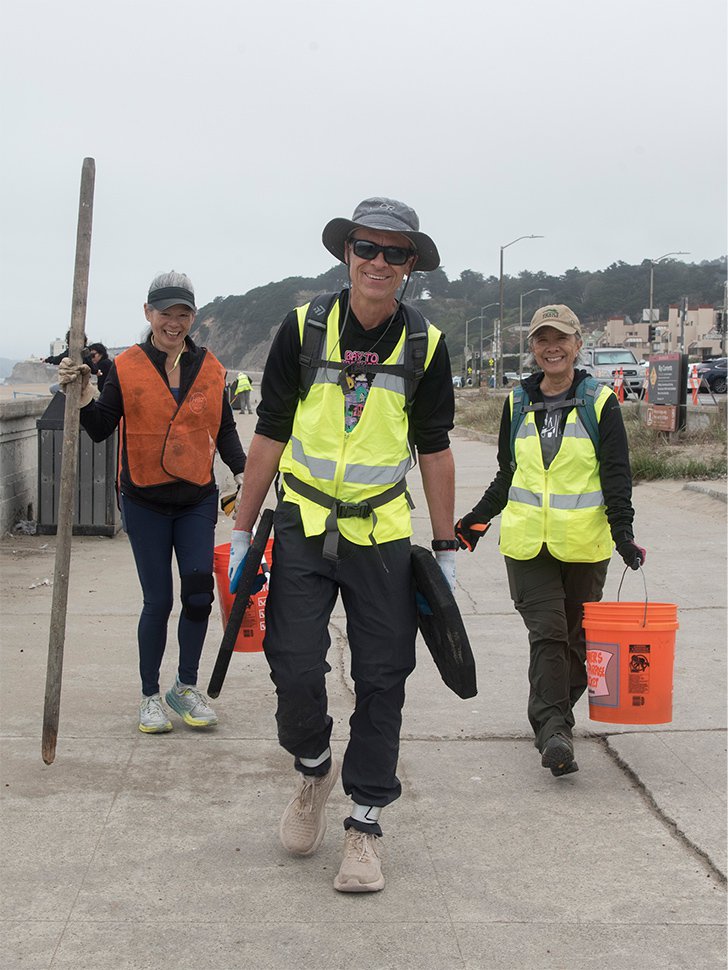
440 volunteers cleared 1,257 lbs of trash during the 40th anniversary event!
160 volunteers focused on vegetation removal and maintenance projects throughout the park
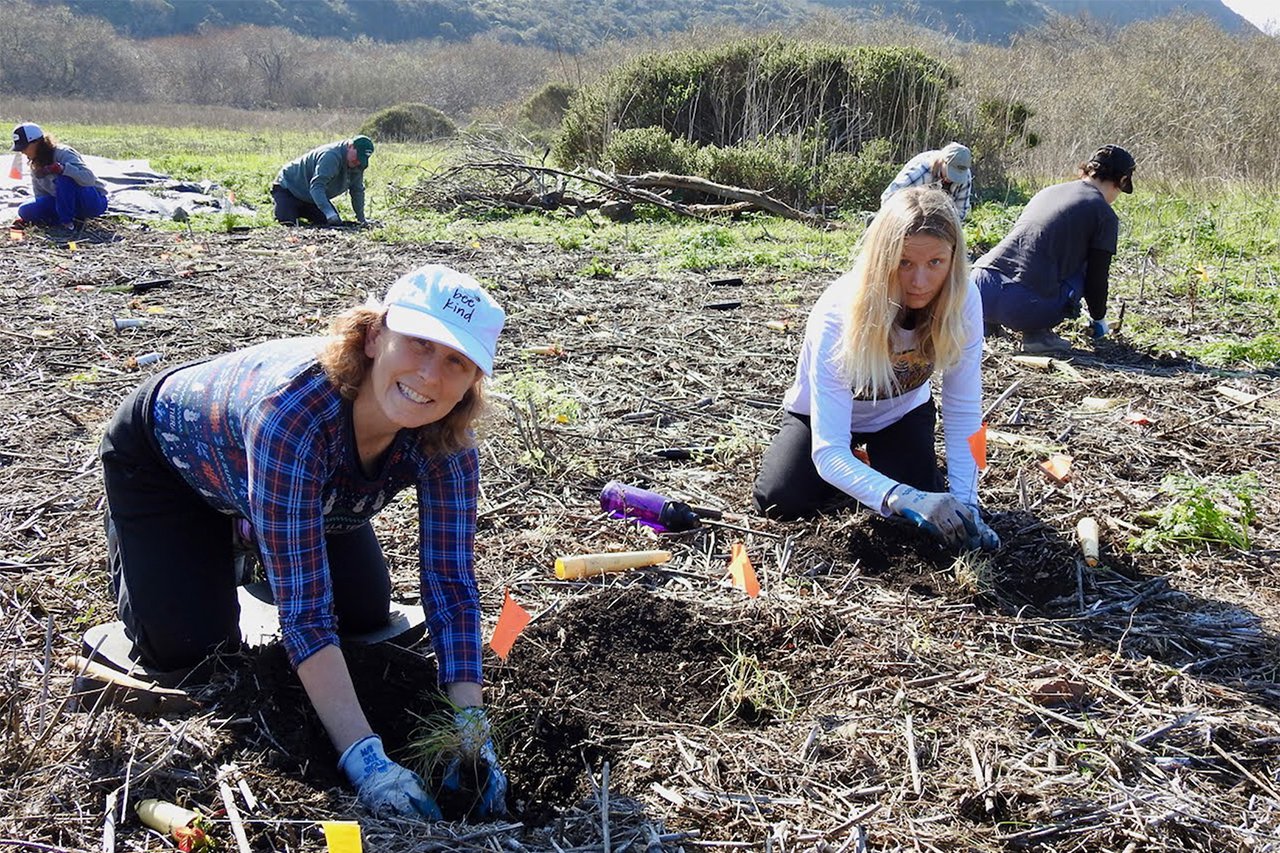
Stewarding our parklands wouldn‘t be possible without our dedicated community of volunteers. Our thanks to the thousands of you who care for the parks’ natural and cultural resources and connect visitors to these treasured places. Our volunteer programs are a collaborative effort of the NPS, the Presidio Trust, and the Parks Conservancy.
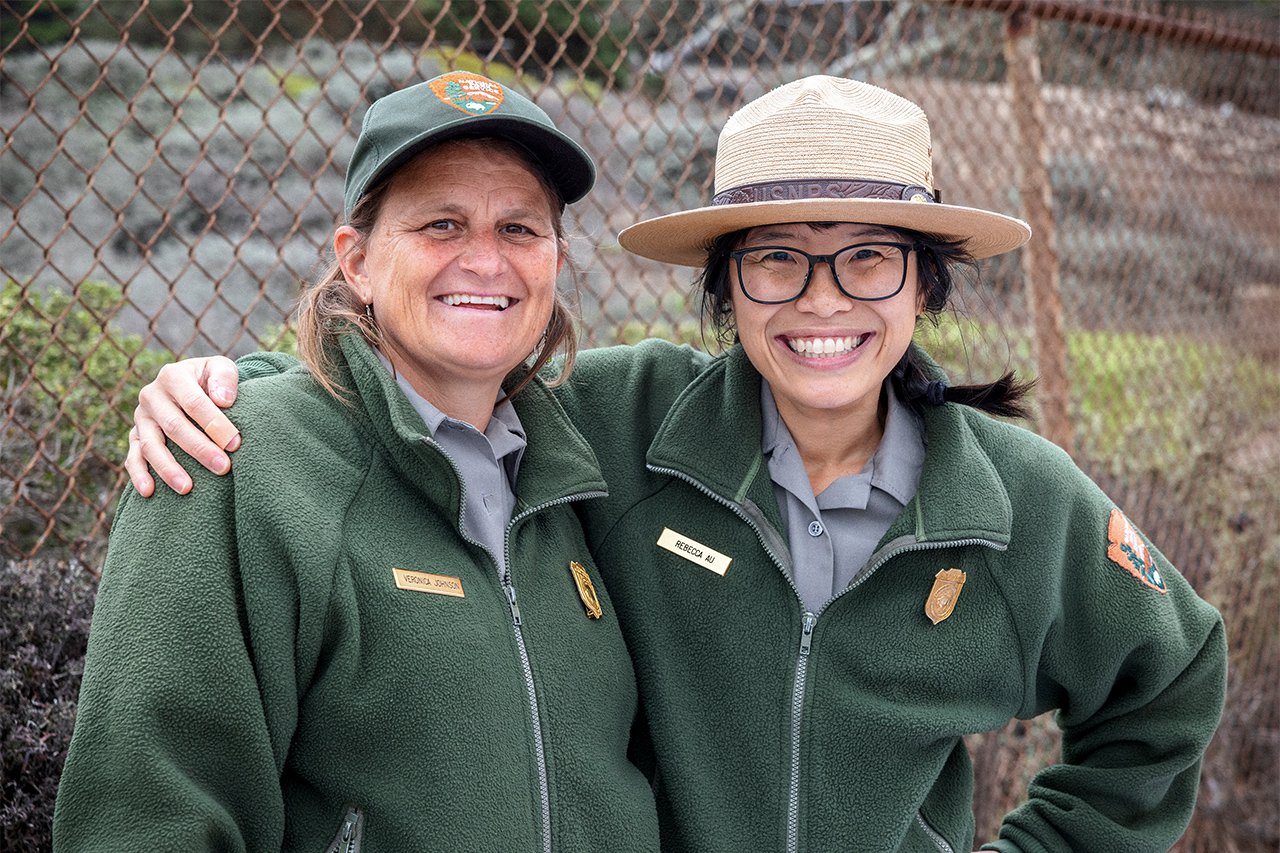
The newly established People and Parks Forever Fund will deliver the multi-faceted benefits of the GGNRA to our entire Bay Area community. We acknowledge parks have often not been welcoming to or inclusive of Black, Indigenous, and people of color. Our goal is for everyone to feel welcomed and have a sense of belonging in the parks. The People and Parks Forever Fund supports park programs centered on pathways for youth, engagement in community science and stewardship, designing for climate resilience, and increased access to the parks for all. These efforts are grounded in racial and social justice principles and co-designed with communities. For more info, contact Sarah Lincoln at (415) 561-3561 or slincoln@parksconservancy.org.
Stretching across more than 82,000 acres, the Golden Gate national parks include the Golden Gate National Recreation Area, Muir Woods National Monument, and Fort Point National Historic Site. Together, they were the most-visited units in the National Park System in 2024.
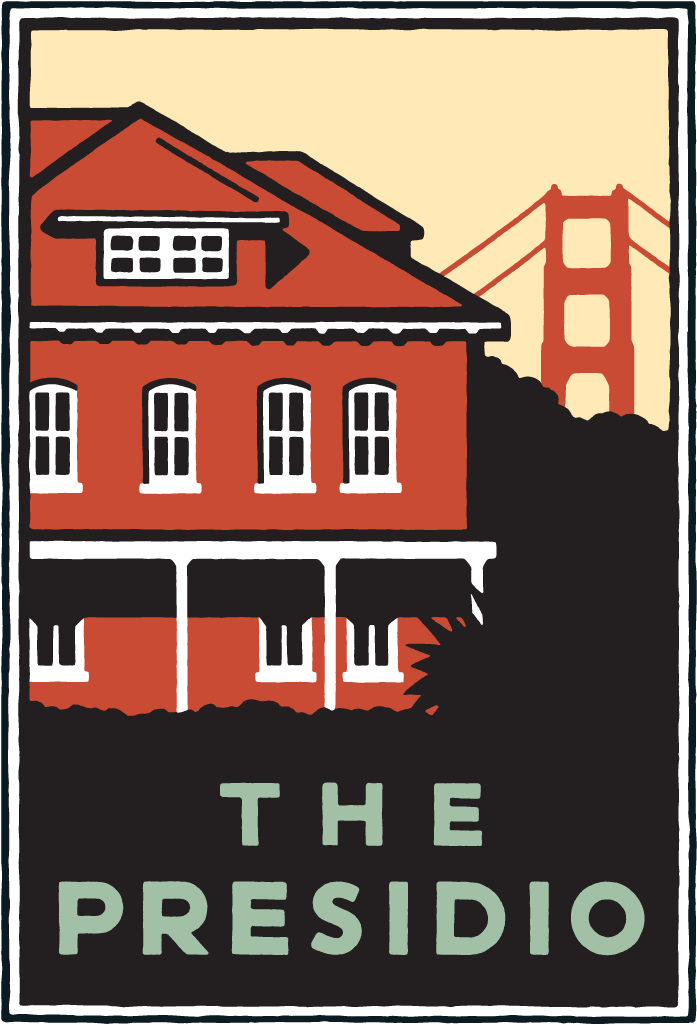
Established by the Spanish in 1776, this post continues to evolve as a national park with new trails, overlooks, bikeways, and a recently opened visitor center.
The Presidio
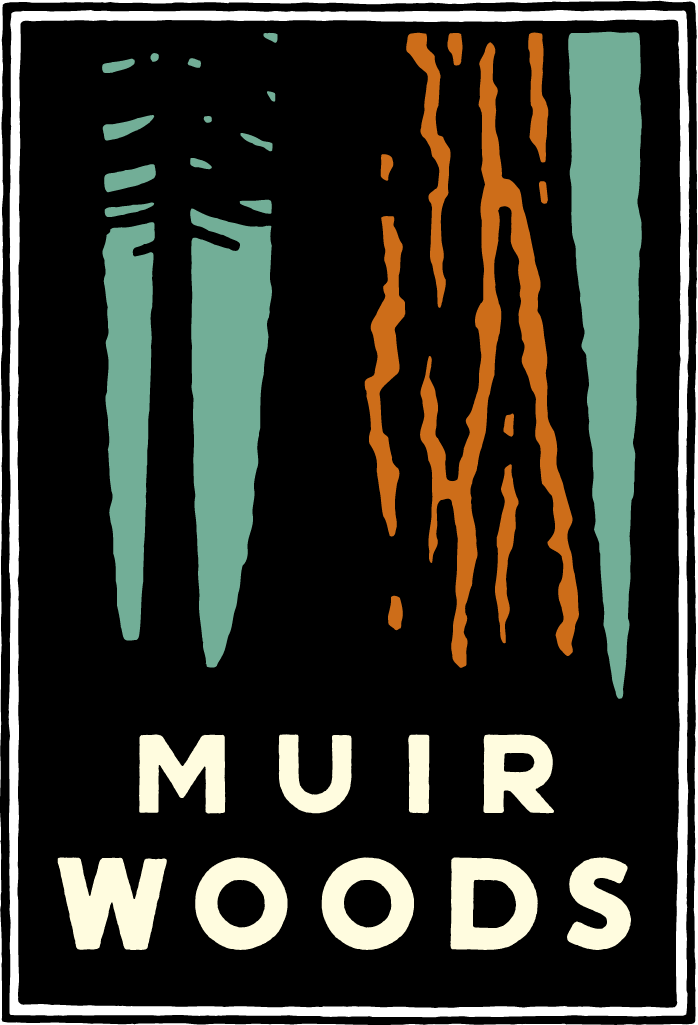
Saved by William Kent and Elizabeth Thacher Kent and named for John Muir, this National Monument is beloved by all for its tall redwoods and serenity.
Muir Woods

Home to an environmental education center, a vast meadow, and a marsh teeming with bird life, the transformed Crissy Field is one of the most spectacular parks in America.
Crissy Field
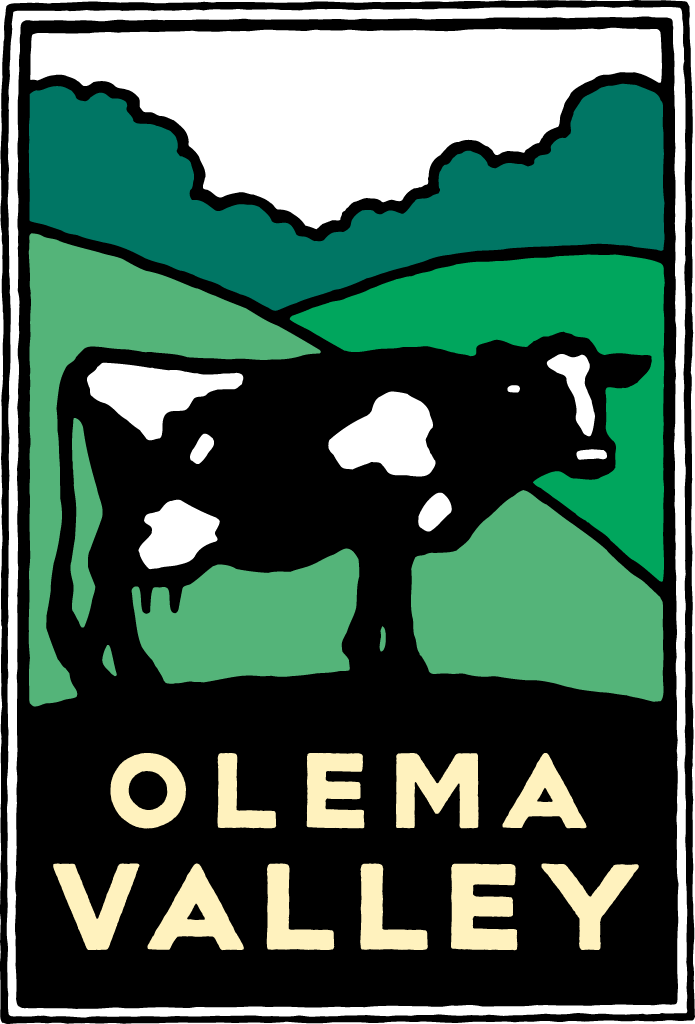
Picturesque Victorian farmhouses and idyllic trails grace this valley adjacent to Point Reyes National Seashore.
Olema Valley

Picturesque Victorian farmhouses and idyllic trails grace this valley adjacent to Point Reyes National Seashore.
Olema Valley
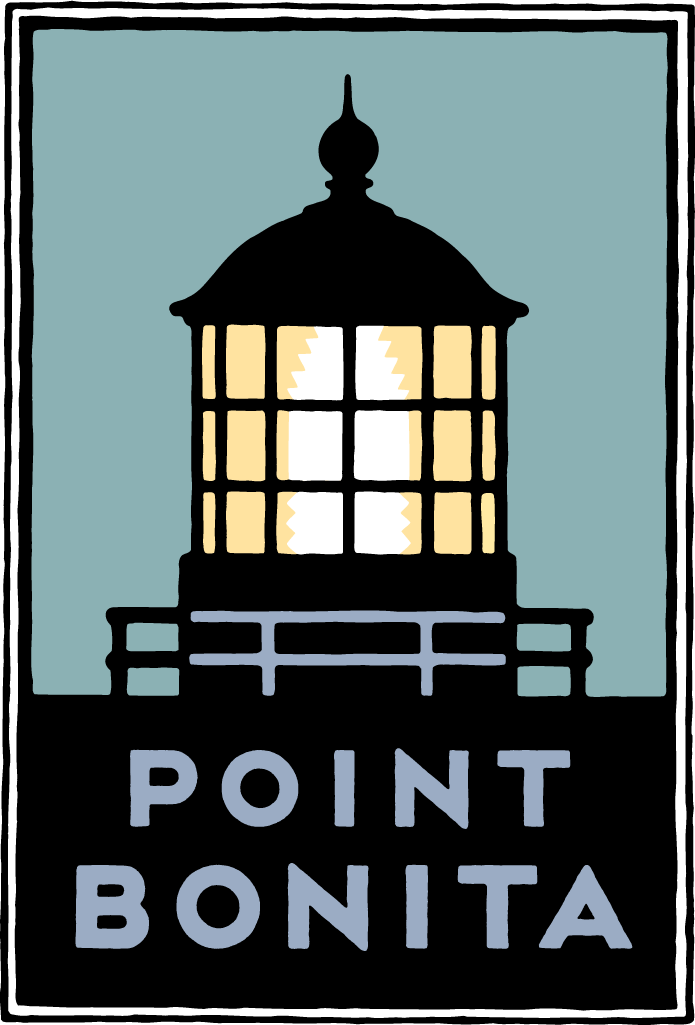
The Point Bonita Lighthouse — moved to its current spot in 1877 — stands sentinel at the edge of the continent.
Point Bonita
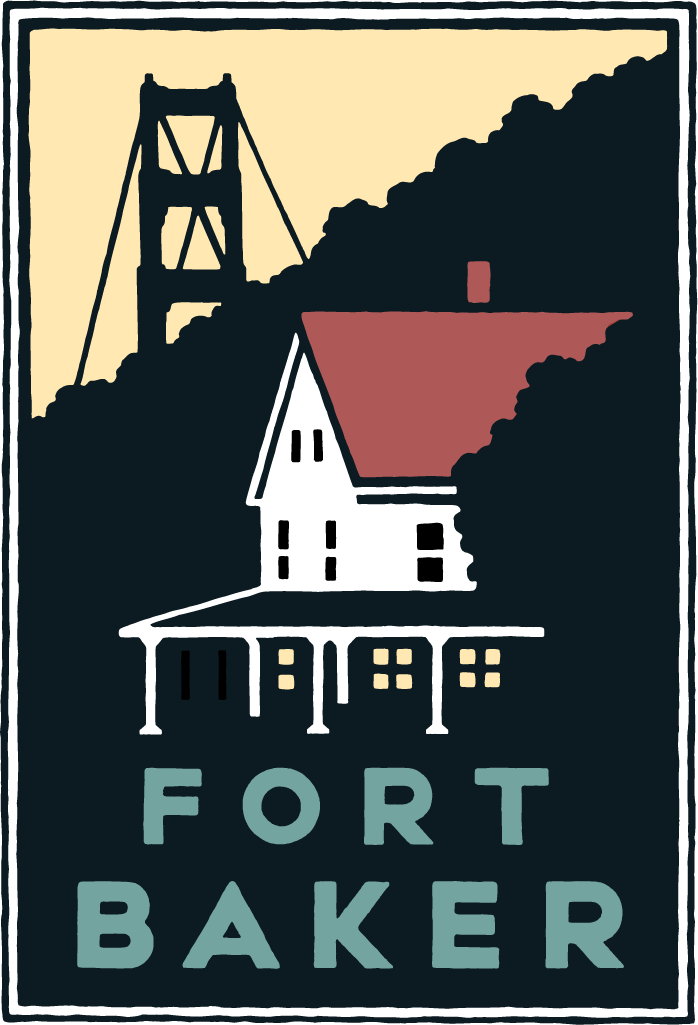
Former Army buildings have taken on new life as a LEED Gold-certified national park lodge featuring restored landscapes.
Fort Baker
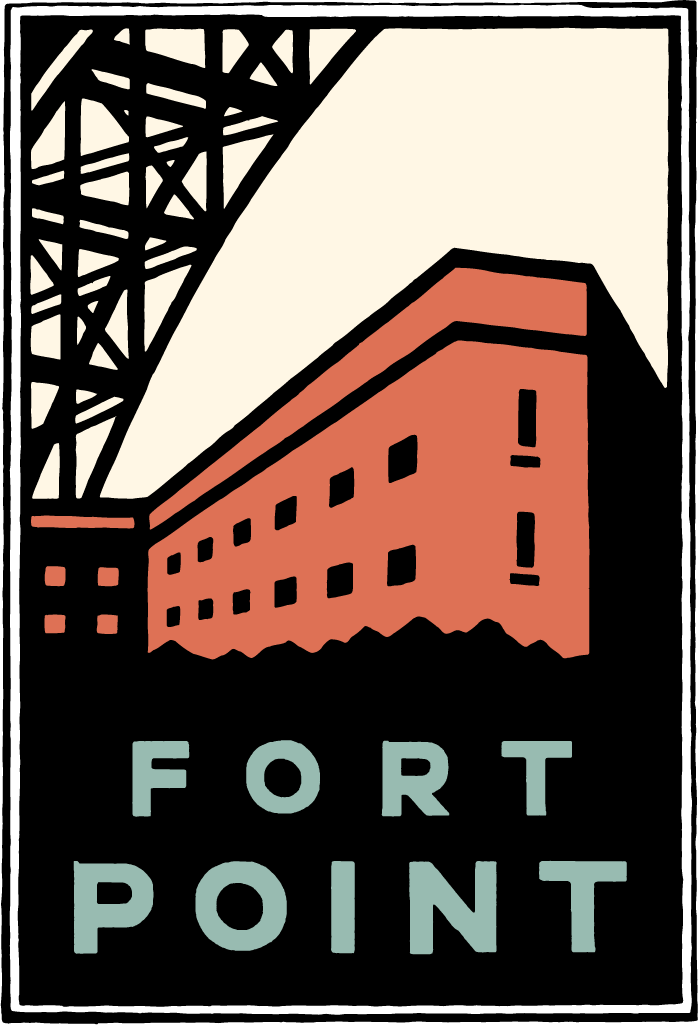
Tucked under the Golden Gate Bridge, this Civil War-era fortress is admired for its magnificent masonry — best appreciated on a candlelight tour.
Fort Point
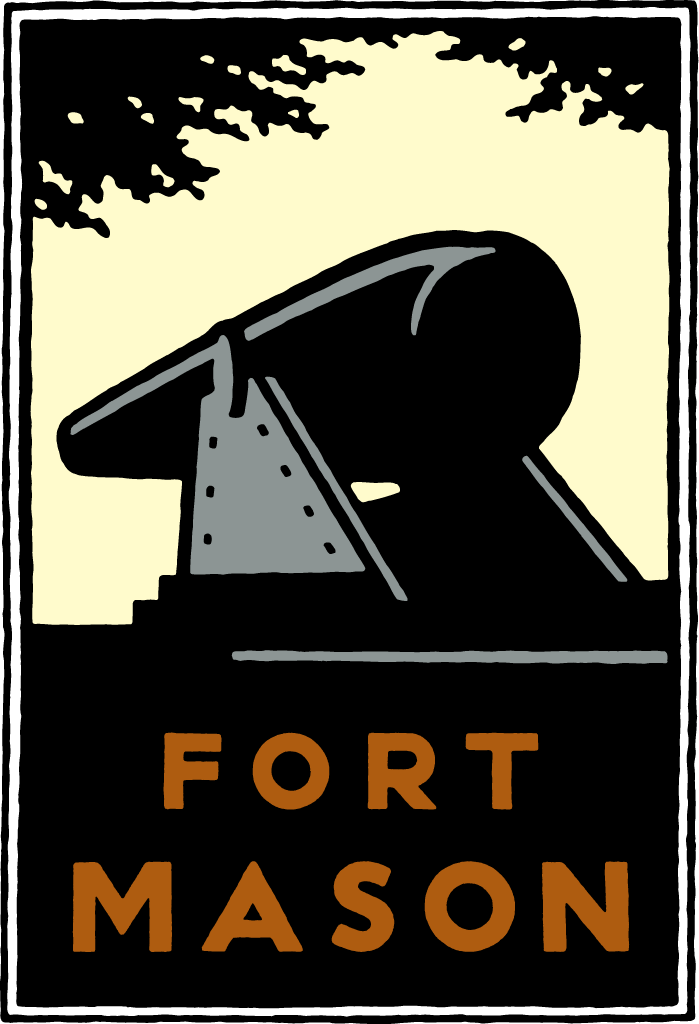
A key port of embarkation during World War II, this site now hosts the nonprofit Fort Mason Center, a popular hostel, Golden Gate National Recreation Area headquarters, and Parks Conservancy offices.
Fort Mason
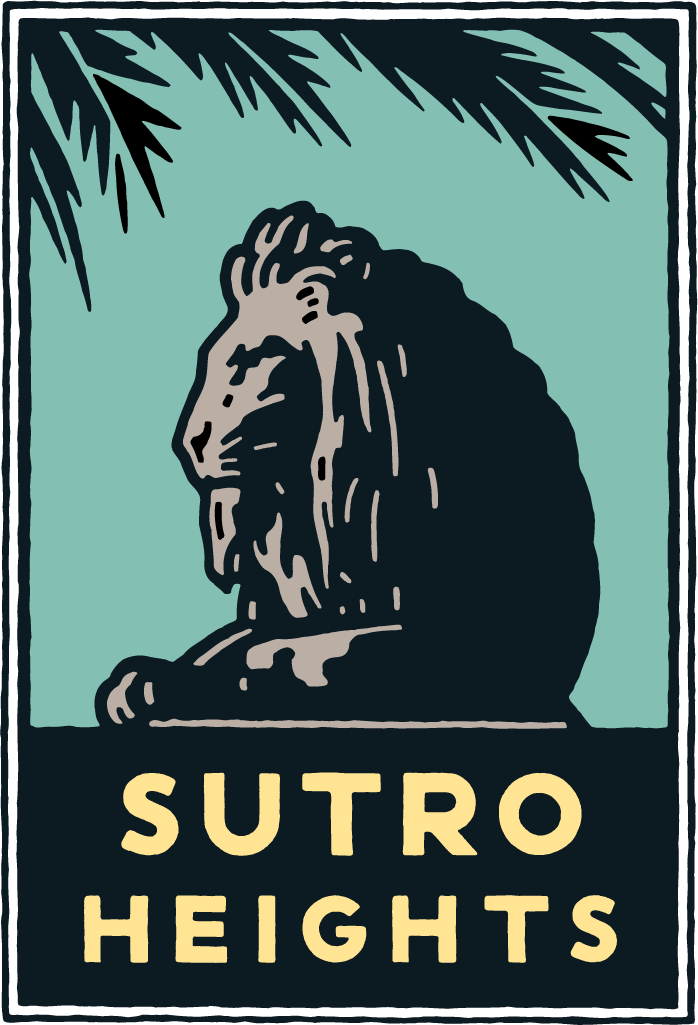
The former lands of San Francisco mayor Adolph Sutro showcase a charming garden and the nearby ruins of his gargantuan Sutro Baths.
Sutro Heights
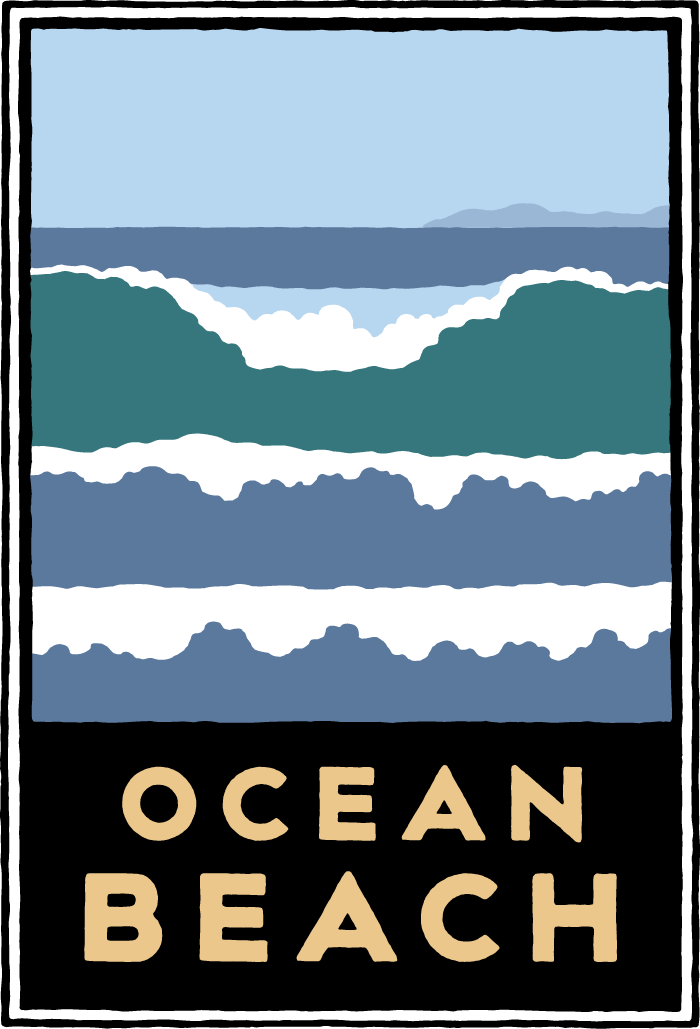
A 3.5-mile stretch of white beach with few tourists and no highrises. Great for strolling and flying kites, but the water is frigid and the currents hazardous for all but the most experienced surfers.
Ocean Beach
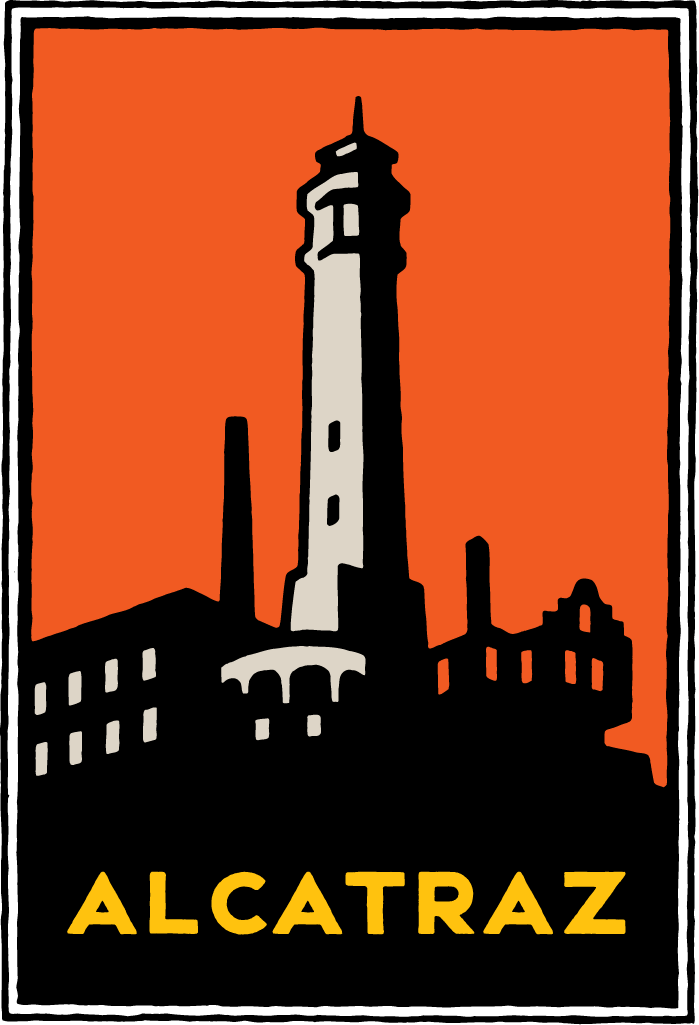
The Rock, famous for its notorious federal prison, is also known for its seabird colonies and restored gardens once tended by residents.
Alcatraz
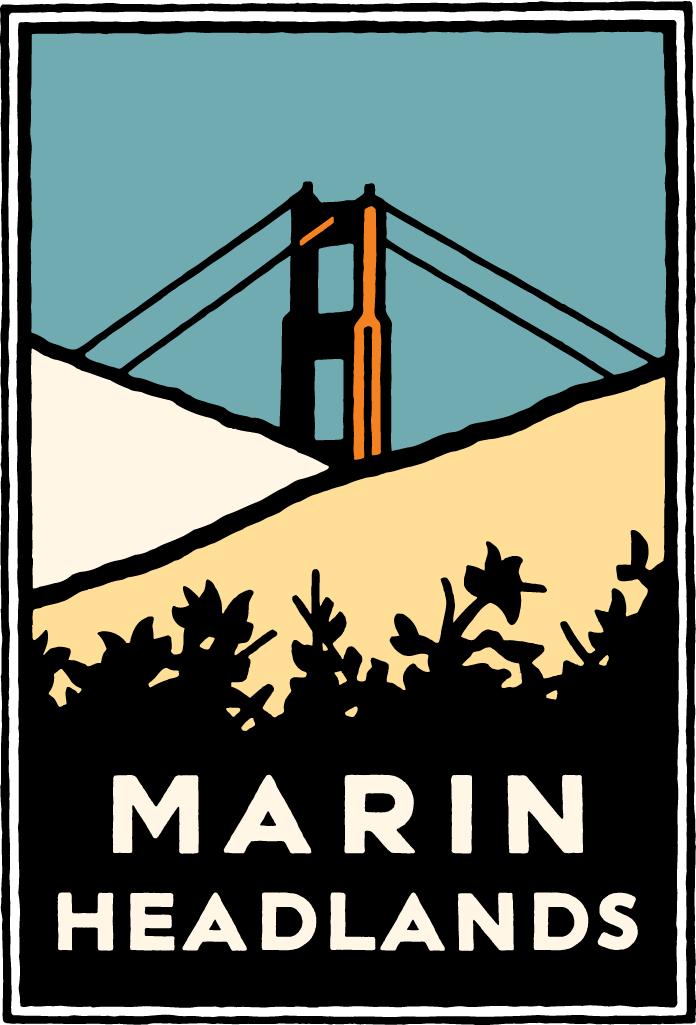
These majestic hills are dotted with historic batteries and old military installations — and lofty perches from which to spy migrating raptors.
Marin Headlands
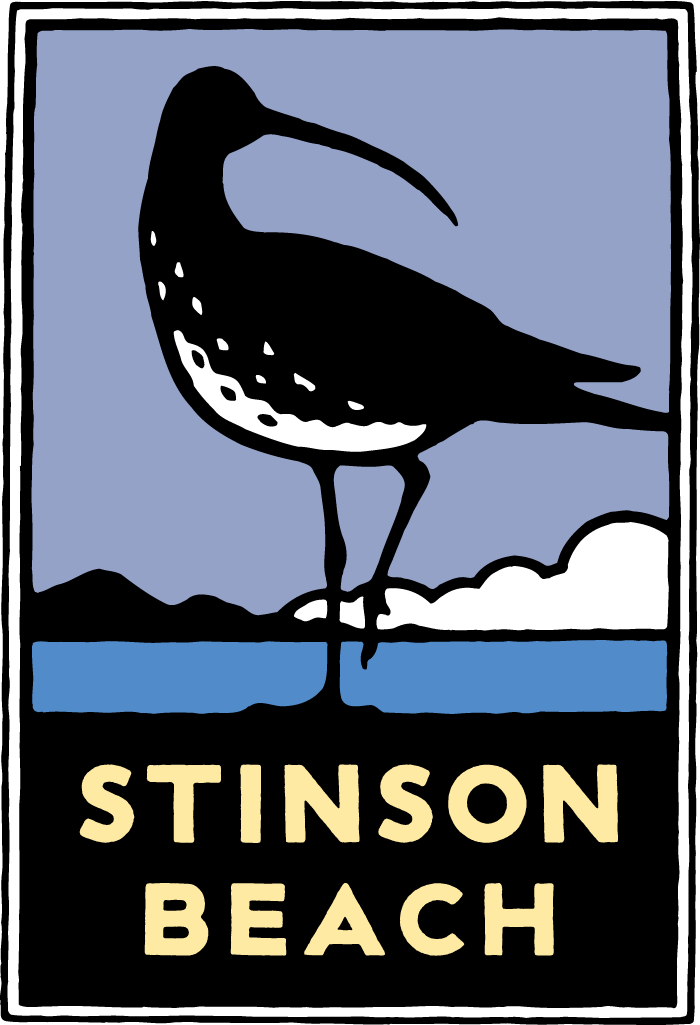
One of northern California’s most popular beaches, this vast stretch of white sand is a delight for swimmers, surfers, and picnickers.
Stinson Beach
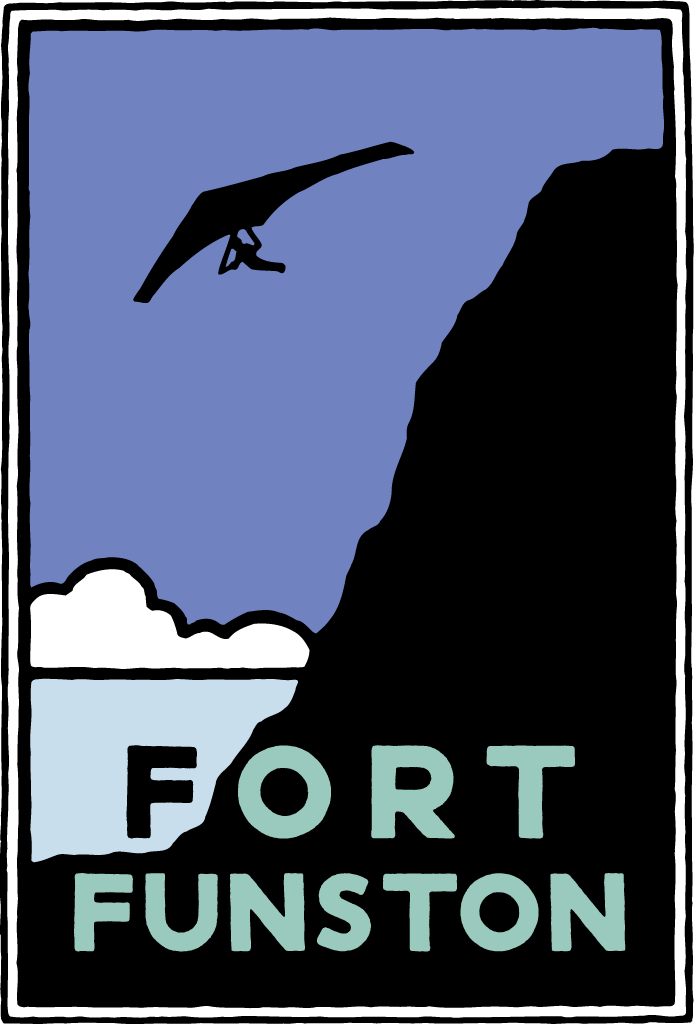
Visitors enjoy beach walks and the spectacle of hang gliders taking to the sky over windsculpted dunes.
Fort Funston
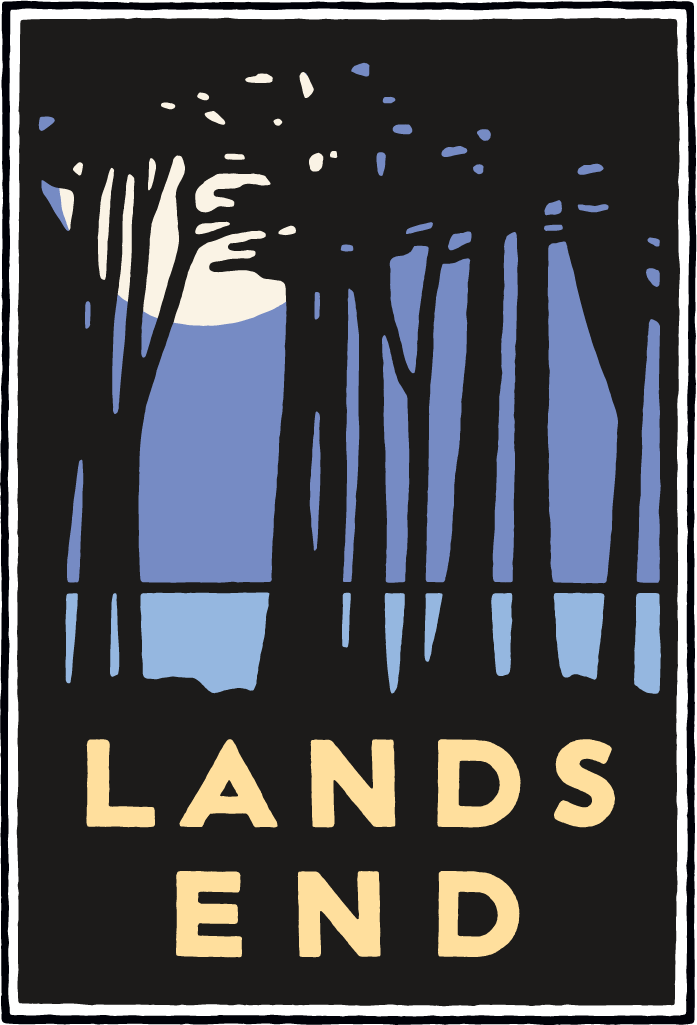
This park has been revitalized in recent years with enhanced trails, gorgeous overlooks, native plants, and an acclaimed visitor center.
Lands End
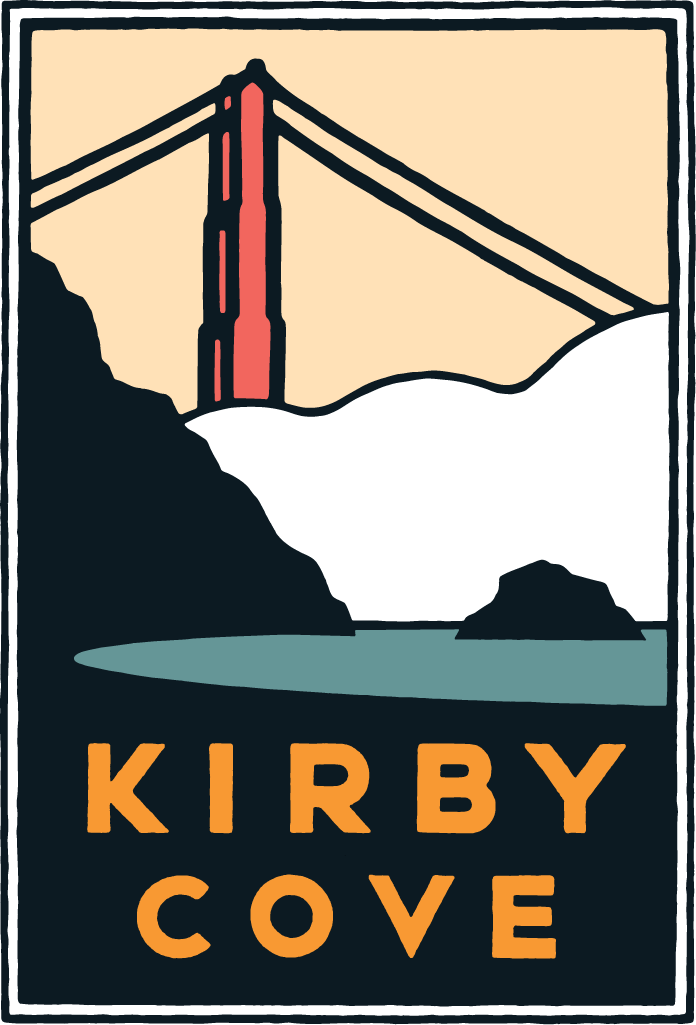
No beach in the world has a view like this. From its sandy shore just west of the north side of the Golden Gate Bridge, look east to a stunning panorama of the city.
Kirby Cove
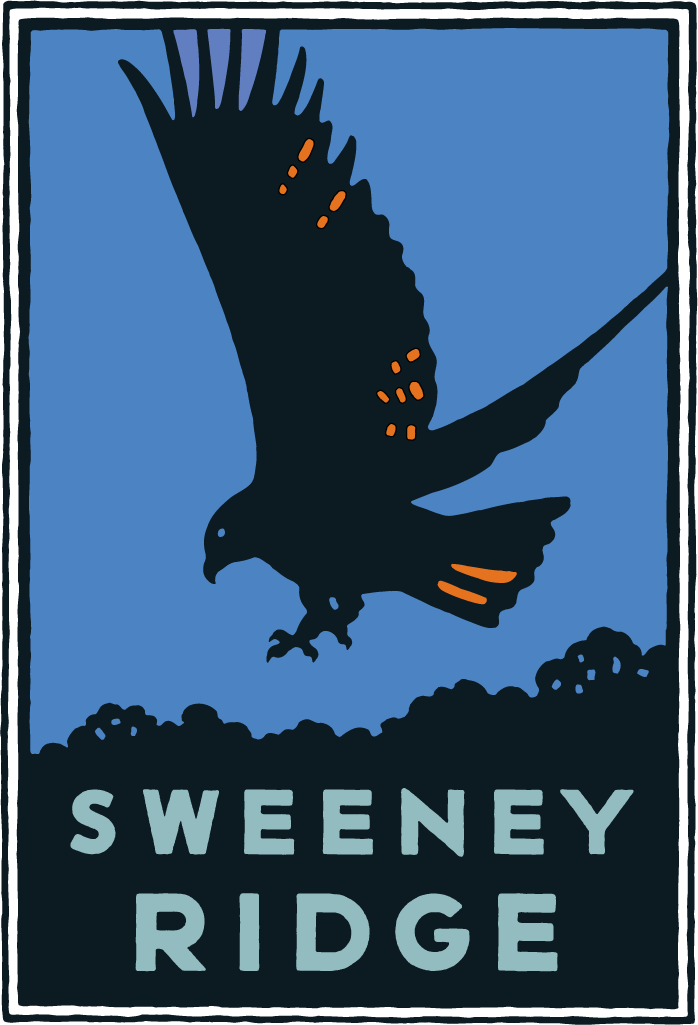
Ridges and ravines mark this hiking area 25 min. south of S.F. Wildlife, including hawks, deer, and wildflowers, abound on the slopes which drop to the Bay on one side and Thornton Beach on the other.
Sweeney Ridge
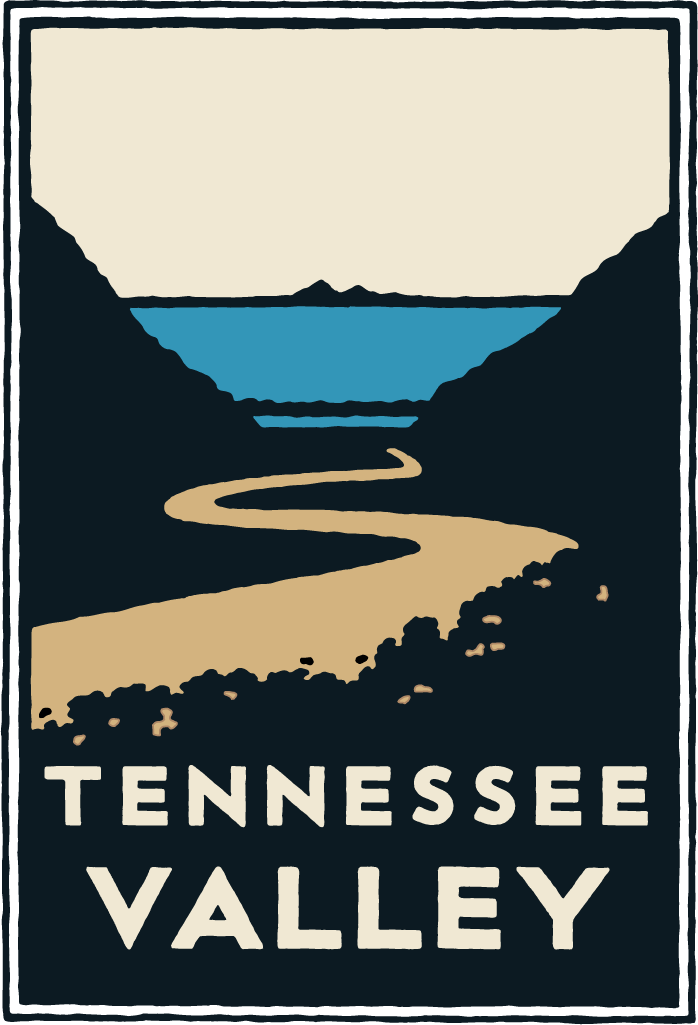
Offering more of a stroll than a hike, the two-mile trail that meanders through the meadows of this serene valley leads you to bluffs overlooking the Pacific.
Tennessee Valley
Find more parks at parksconservancy.org






Total support, 2024* $40,527,649
Total support to the parks 1982-2024 $825 million
Financial statements of the Golden Gate National Parks Conservancy are audited on an annual basis.
Copies of the complete audited financial statements are available at parksconservancy.org.
* Support to the parks includes all program service expenses, excluding cost of goods sold and donated services.